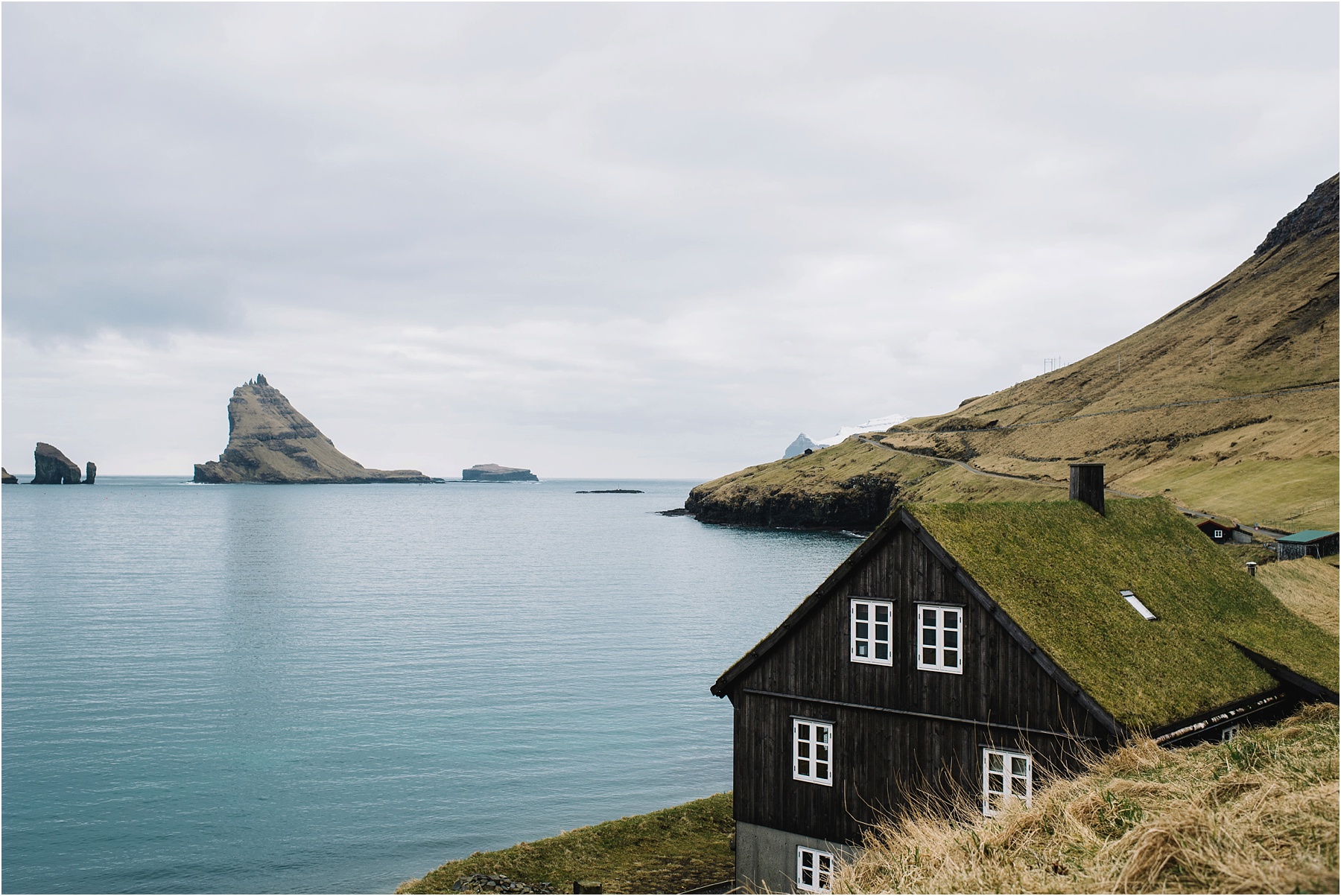-
Gallery of Images:

-
The original plantation is the largest private coffee farm in the Northern Hemisphere, and yields a limited amount of very special beans. It is one of only a handful of coffee farms in the world that processes using both the wet process and the natural dry process, producing two distinct green coffees. com, Tori Avey explores the story behind the food why we eat what we eat, how the recipes of different cultures have evolved, and how yesterdays recipes can inspire. The coffee plant, which was discovered in Ethiopia in the 11th Century, has a white blossom that smells like jasmine and a red, cherrylike fruit. Koch Hall of Fossils Deep Time, a brand new exhibition telling the history of life on Earth, will open to the public on June 8, 2019. In the meantime, please visit our temporary exhibit The Last American Dinosaurs on the Museums second floor. Outbreak: Epidemics in a Connected World invites visitors to join epidemiologists, veterinarians, public health workers. The Original French Market Coffee Stand Since 1862 New Orleans, Louisiana Coffee was cultivated in Africa as early as the 9th century, but it did not reach Europe until the 17th century. However, when it did, it was met with many varying opinions. It still caught on like a wildfire, even with the people that detested its existence. The 18th century London coffee house was the [ The history of coffee dates back to the 15th century, and possibly earlier with a number of reports and legends surrounding its first use. The native (undomesticated) origin of coffee is thought to have been Ethiopia, with several mythical accounts but no solid evidence. The earliest substantiated evidence of either coffee drinking or knowledge of the coffee tree is from the early 15th century. Coffee is a brewed drink prepared from roasted coffee beans, the seeds of berries from certain Coffea species. The genus Coffea is native to tropical Africa (specifically having its origin in Ethiopia and Sudan) and Madagascar, the Comoros, Mauritius, and Runion in the Indian Ocean. Coffee plants are now cultivated in over 70 countries, primarily in the equatorial regions of the Americas. Gourmet Coffee Beans from Volcanica Coffee offering fine fresh roasted coffees from around the world. Top rated by Food Wine Magazine. Uncommon Grounds: The History of Coffee and How It Transformed Our World [Mark Pendergrast on Amazon. FREE shipping on qualifying offers. The definitive history of the world's most popular drug. Uncommon Grounds tells the story of coffee from its discovery on a hill in ancient Abyssinia to the advent of Starbucks. House of Representatives, and the Jones Act of 1917, established all Puerto Ricans are born citizens of the United States with the identical citizenship of any US Citizen. A young artist named Briggs offers to create a company trademark. His design, the coffee taster, is inspired by the coffees Ethiopian origin, is welcomed by Austin and R. Coffee was introduced to the New World in 1723 to the Caribbean Island of Martinique by a Frenchman. It is said, to be the primary source of most if not all of today's Arabica bean coffee trees in. antony is a coffee trader and historian who wrote this book on the history of coffee. the origins are a bit murky, but seemed it was used in Ethiopia around the 1400s and spread into Europe in the 17th century. The Brooklyn Historical Society is a museum, library and educational center dedicated to encouraging the exploration and appreciation of Brooklyn's diverse peoples and cultures both past and present. In most cases frost or drought was not indicated by the source. Although only F is written in these cases it is likely a combination of the two forces that caused a devastating coffee crop. 17, B2 Area, Xinghai Square Dalian, China. China Management Office TAF Casabella No. 301 Hongmian Road, Shanghai China The Discovery of Coffee. Historic Origin of Coffee Shrouded in Mystery and Legend. There is no precise account of the origins of the coffee plant or of the first human consumption of the revered bean, though there is general agreement among historians that coffee was first discovered in the mountains of Ethiopia (Abyssinia). Peru is located in Western South America, bordering the South Pacific Ocean, between Chile and Ecuador with a total area of 1, 285, 220 sq km. Peru's climate is highly diverse, ranging from tropical in the east to dry desert in the west, from temperate to frigid in the Andes Mountains. Coffee History According to a coffee history legend, an Arabian shepherd named Kaldi found his goats dancing joyously around a dark green leafed shrub with bright red cherries in the southern tip of the Arabian Peninsula. Kaldi soon determined that it was the bright red cherries on the shrub that were causing the peculiar euphoria and after trying the cherries himself, he learned of their. In Nicaragua everyone is considered a poet until proven otherwise. This rich land of lakes, volcanoes, poets and rebels is also the latest buzz in what some are calling the quality coffee revolution. Since coffee came to Nicaragua in the mid 1800s, it has played a significant role in Nicaraguas economy and environment. Coffee has been an engine for Nicaraguas national economic.
-
Related Images:











